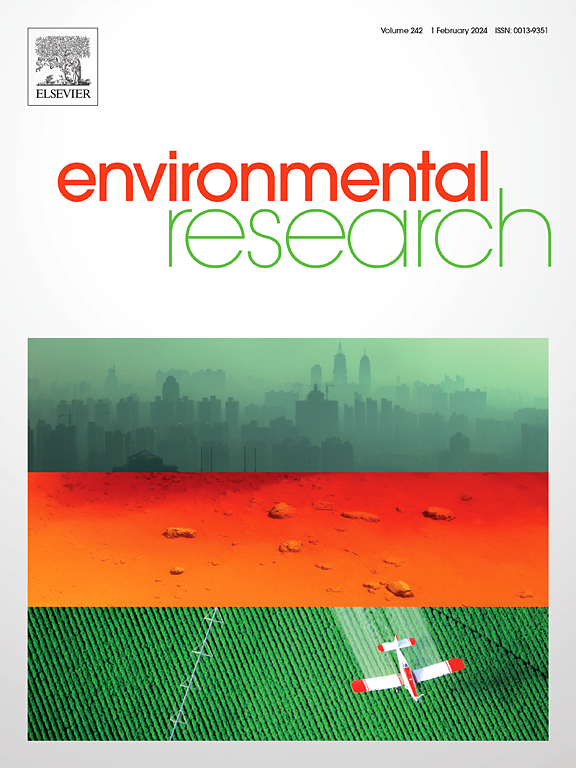Achieving partial nitrification and denitrification coupled with simultaneous partial nitrification, anammox, and denitrification (PND-SNAD) by the inhibition of sulfide to accomplish stabilized nitrogen removal
IF 7.7
2区 环境科学与生态学
Q1 ENVIRONMENTAL SCIENCES
引用次数: 0
Abstract
The simultaneous partial nitrification, anammox, and denitrification (SNAD) process is widely applied for treating high-ammonia wastewater, but its application to low-ammonia organic wastewater has been scarcely explored. In this study, a partial nitrification and denitrification coupled with simultaneous partial nitrification, anammox, and denitrification (PND-SNAD) system was established to treat organic wastewater with low ammonia concentration. Experimental results revealed that sulfide at 5 mg/L selectively inhibited nitrite-oxidizing bacteria (NOB) but had little effect on ammonium-oxidizing bacteria (AOB). Finally, NOB was suppressed in PND system by intermittently adding sulfide to the PND system. The PND system provided nitrite and activated sludge enriched with AOB to the SNAD system during stable operation. The SNAD system demonstrated chemical oxygen demand (COD) and nitrogen removal efficiencies of 89.86 % and 86.45 %. Candidatus Brocadia and Nitrosomonas were the main ammonium oxidizing bacteria (AnAOB) and AOB. The contribution of AOB and denitrifying bacteria (DNB) to nitrogen transformation was 67.15 % and 25.33 % in the PND system. In the SNAD system, the contributions of AnAOB, AOB, and DNB were 34.40 %, 33.59 %, and 27.56 %, respectively. Overall, this study provided a new sustainable strategy for treating organic wastewater with low ammonia concentration.

通过抑制硫化物实现部分硝化和反硝化,同时进行部分硝化、厌氧氨氧化和反硝化(PND-SNAD),以实现稳定的脱氮
同时部分硝化-厌氧氨氧化-反硝化(SNAD)工艺在处理高氨废水中应用广泛,但在低氨有机废水中的应用鲜有探索。本研究建立了部分硝化-反硝化-部分硝化-厌氧氨氧化-反硝化(PND-SNAD)系统处理低氨浓度有机废水。实验结果表明,5 mg/L硫化物对亚硝酸盐氧化菌(NOB)有选择性抑制作用,对氨氧化菌(AOB)无明显抑制作用。最后,通过在PND体系中间歇性地添加硫化物来抑制PND体系中的NOB。PND系统在稳定运行期间为SNAD系统提供亚硝酸盐和富含AOB的活性污泥。SNAD系统的化学需氧量(COD)和氮的去除率分别为89.86%和86.45%。Brocadia候选菌和Nitrosomonas是主要的氨氧化菌(AnAOB)和AOB。在PND系统中,AOB和DNB对氮转化的贡献率分别为67.15%和25.33%。在SNAD系统中,AnAOB、AOB和DNB的贡献率分别为34.40%、33.59%和27.56%。总之,本研究为低氨浓度有机废水的可持续处理提供了新的策略。
本文章由计算机程序翻译,如有差异,请以英文原文为准。
求助全文
约1分钟内获得全文
求助全文
来源期刊

Environmental Research
环境科学-公共卫生、环境卫生与职业卫生
CiteScore
12.60
自引率
8.40%
发文量
2480
审稿时长
4.7 months
期刊介绍:
The Environmental Research journal presents a broad range of interdisciplinary research, focused on addressing worldwide environmental concerns and featuring innovative findings. Our publication strives to explore relevant anthropogenic issues across various environmental sectors, showcasing practical applications in real-life settings.
 求助内容:
求助内容: 应助结果提醒方式:
应助结果提醒方式:


